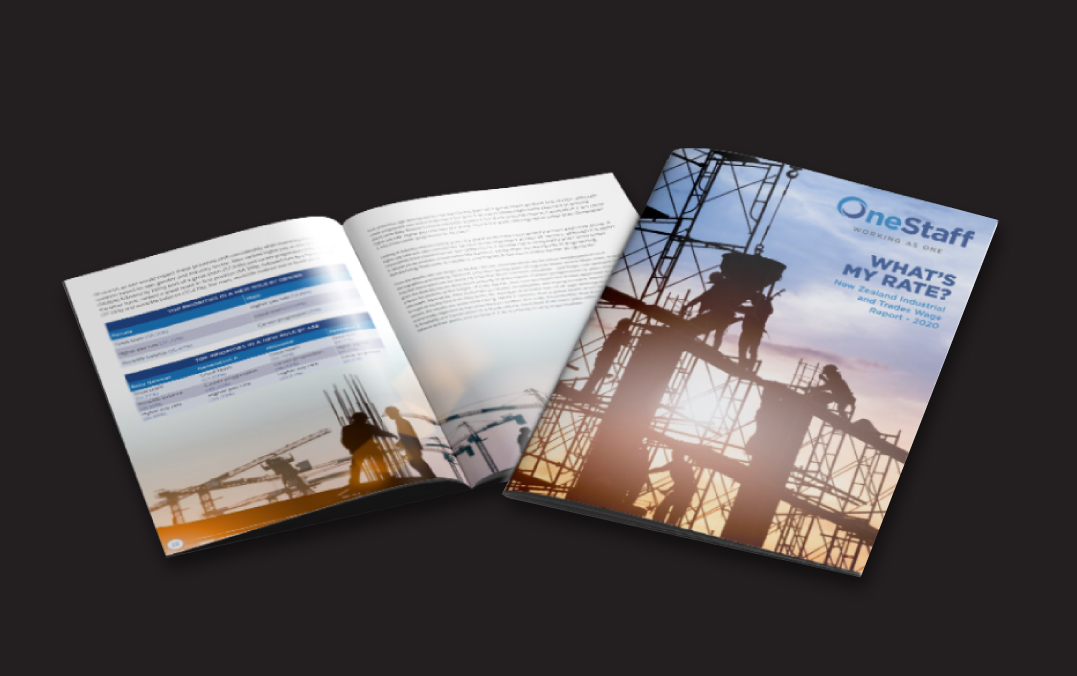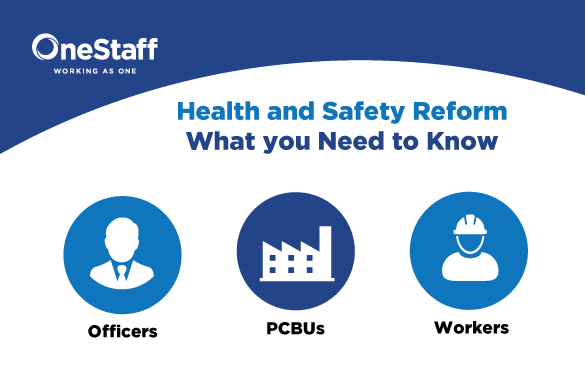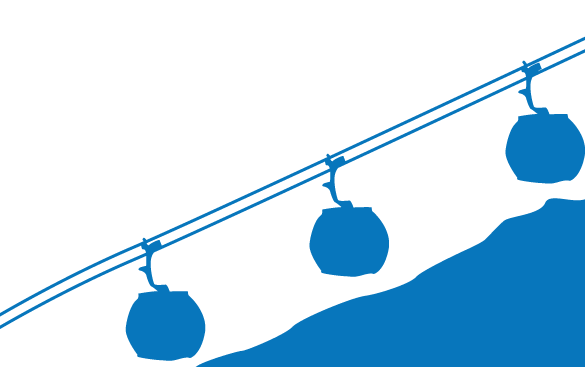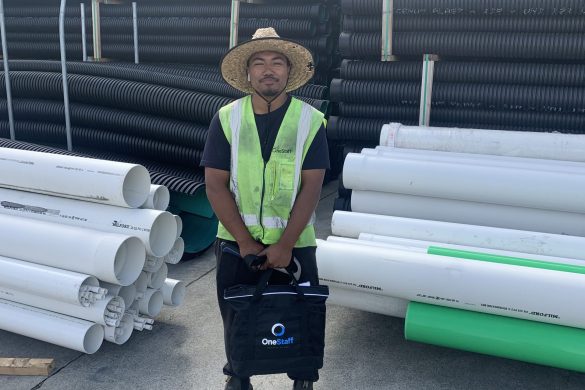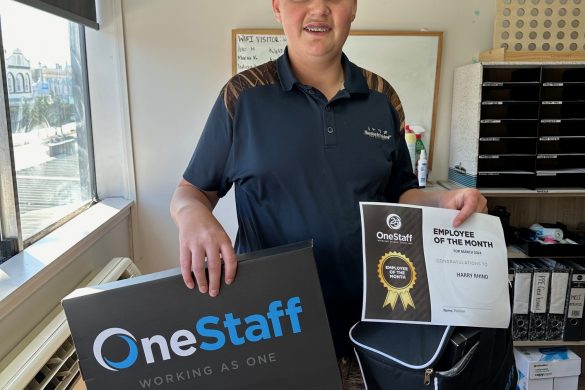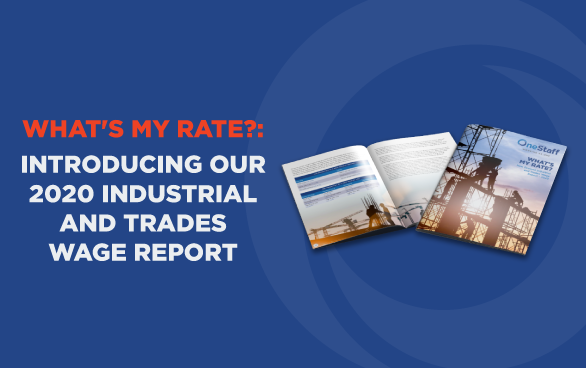After the success of our first What’s My Rate? New Zealand Industrial and Trades Wage Report, our latest survey builds on the trends, changes and challenges revealed by its predecessor to shine a light on what’s happening in the New Zealand industrial and trades sectors. The incidence of COVID-19 brings a new dimension to the results of this year’s report, however, the substance of the insights remains a valuable lens through which to understand today’s market.
Revisiting the What’s My Rate? Report in the Wake of COVID-19
The release of this year’s survey was delayed by COVID-19 and the national Alert Level 4 lockdown which occurred between March and May 2020, as well as the subsequent staged return to work through Levels 3 and 2 leading into June. The economic landscape has shifted considerably during this time, and it is important to note that the correlations and trends acknowledged in this year’s survey will have also changed as a result.
Additionally, the minimum wage increase we saw during this period has impacted the lower rates of pay indicated in the report (driving them upward to the minimum statutory requirement where they may have previously been under). The raw data around rates, however, remains correct, as this was based on the direct indication of participants at the time the survey was conducted (August to November 2019).
Staff motivations around work and security are heavily influenced by economic conditions, so we would expect to see some of the findings vary regarding people’s motivation to leave secure work where general unemployment is increasing rapidly due to the shock of the lockdown and the change in business confidence.
In saying that, the findings in this year’s report indicated that it was easier to retain staff than to attract new talent among those who are currently working, and we expect this will remain in place (and even be exacerbated by the change in conditions). The ability to attract currently unemployed staff will be easier, though to get skilled staff to leave a current employer may be a lot harder.
This view is anecdotal, based on our experiences through several recessionary environments over the last 20 years, but is a fairly standard expectation both in our business community and the economic forecasts  we have seen. In the instance of COVID-19, there is also likely to be a compounding factor tied to restrictions on immigration which will serve to restrict accessibility to skilled workers, and the demand for specific skill sets such as those in the Talent Visa/Skilled Migrant categories is expected to increase as a result.
we have seen. In the instance of COVID-19, there is also likely to be a compounding factor tied to restrictions on immigration which will serve to restrict accessibility to skilled workers, and the demand for specific skill sets such as those in the Talent Visa/Skilled Migrant categories is expected to increase as a result.
We hope you enjoy your read of the 2020 report, and look forward to conducting next year’s survey given the broad range of changes taking place in the economy. It will be interesting to see how this has affected not only wage rates but the motivations of workers and industries that have been disrupted by the recent economic developments.
If you have any questions or wish to discuss any point in greater detail, don’t hesitate to reach out to us, and click below to access your copy of the report for further insights.
About the Report
OneStaff created this report to provide an objective overview of current market wage rates regionally and nationally, across a broad range of industrial sectors, including Commercial & Hospitality, Construction & Infrastructure, Engineering, Manufacturing, Production & Logistics, and Trades & Services.
Drawing on the responses of over 7,800 New Zealanders, the report provides a snapshot in time that allows us to analyse the results and draw conclusions based on roles, regions and experience, updating the insights with each new iteration of the annual survey. This enables us to find correlations in the data and trends by comparing the current results with previous surveys.
Ready to learn more? Download your copy of the report here.
